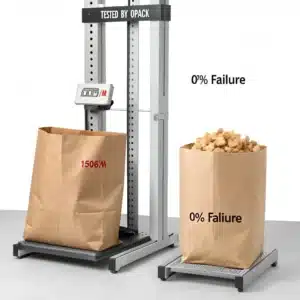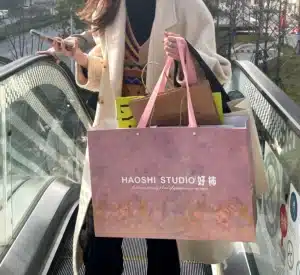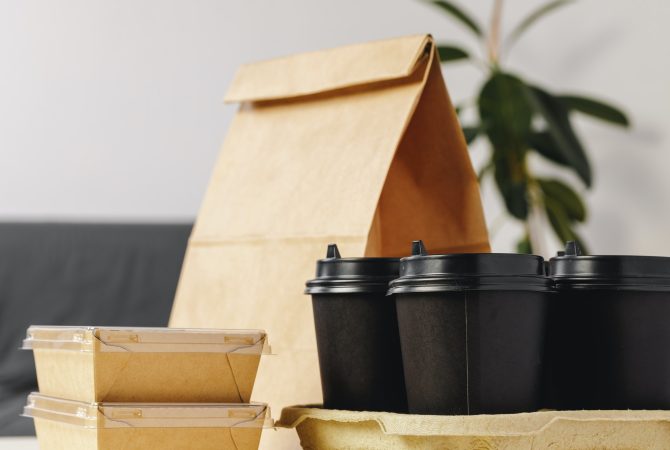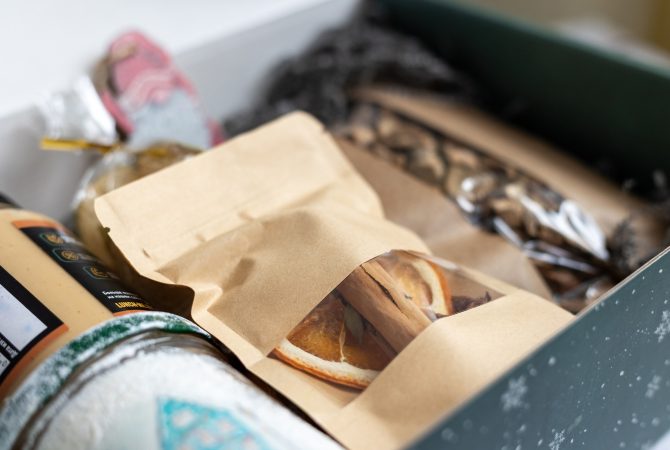Can biodegradable packaging actually hold up when you’re hauling groceries or retail goods? Or do we still need plastic to carry the weight?
Yes, environmentally friendly paper bags—especially those made from 100% recycled materials—can handle moderate loads, but their strength for heavy use depends on paper weight, reinforcements, and moisture resistance.
Many people love using eco friendly packaging supplies, but they also worry about reliability. I’ve faced this myself—loading up on groceries only to feel a paper bag stretch too far. The key is knowing how these bags are made. Some can handle serious weight, others just aren’t built for it.
At Opack, we’ve tested over 200 paper bag prototypes for Fortune 500 clients. The magic lies in biodegradable packaging designs that prioritize fibers and engineering—without sacrificing ethics. Let’s break the physics of sustainability.Let’s break it down and see what really works.
How strong are 100% recycled paper bags?
We all love the idea of recycling, but can 100% recycled paper bags actually hold up to real-life shopping demands?
100% recycled paper bags are generally strong enough for everyday shopping, especially when made with thicker paper and reinforced features. But they’re not ideal for wet or very heavy loads.
When I started exploring shopping bag options for OPACK, I wanted to make sure we offered solutions that were both eco-friendly and strong enough for our clients’ needs. From experience and research, I found that the strength of 100% recycled paper bags varies a lot.
Factors That Impact the Strength of 100% Recycled Paper Bags
| Factor | Impact on Strength/Load-Bearing | Notes Specific to 100% Recycled Bags |
|---|---|---|
| Paper Weight | Higher weight (300g–350g) = more strength | Most 100% recycled bags are 210g–250g, less durable |
| Reinforcements | Add significant strength | Reinforced bottoms, PLA linings, and cotton rope handles |
| Moisture Exposure | Reduces strength greatly | Paper tears easily when wet |
| Recycling Process | Weakens paper fibers | Recycled fibers are shorter and less bonded |
| Comparative Durability | Plastic/virgin paper bags are stronger | Plastics carry more but aren’t eco-friendly |
Many clients ask why their paper bags don’t hold up like plastic ones. It’s often because they choose bags without reinforcements or proper linings. The good news is that you can request features like thicker paper, PLA lining, or twisted handles that boost performance. At OPACK, we recommend these for clients in retail or food service who want a greener choice without giving up quality.
Are paper bags with recycled content as strong as virgin paper bags?
You want to do the right thing and choose recycled, but will it rip on the way out of the store?
No, recycled paper bags are generally less strong than virgin paper bags due to weaker fiber integrity from the recycling process.
From what I’ve seen in our manufacturing process, virgin paper holds together better under stress. That’s because its fibers are longer and stronger. Recycled fibers get shorter every time they’re reused, which makes the paper more prone to tearing. Especially when wet.
Some brands bleach their virgin pulp to make white kraft bags that look more premium and offer more tensile strength. But this adds chemicals and increases environmental impact. It’s always a balance. If strength is the top priority—like for heavy luxury items—virgin paper may still win. But if sustainability is the goal, then 100% recycled paper still has a strong case.
What can enhance the durability of biodegradable shopping bags?
We know paper has its limits—so how can we help these bags do more without switching back to plastic?
Biodegradable bags made from recycled paper can be reinforced with thicker stock, inner linings, and stronger handles to carry heavier loads.
At OPACK, we’ve developed several ways to make biodegradable packaging more practical. One option is to use 300g or higher basis weight for oversized bags. For luxury retail or heavier clothing items, this makes a noticeable difference.
We also use cotton rope handles instead of twisted paper ones. These don’t snap under pressure and feel more comfortable in the hand. Adding a PLA lining helps too—it keeps the bag water-resistant, which is crucial if you’re carrying food or drinks.
Design Features That Improve Strength
| Feature | Benefit | Note on Sustainability |
|---|---|---|
| PLA Lining | Water resistance, increases durability | Still biodegradable, made from cornstarch |
| Cotton Rope Handles | Better weight distribution, less tearing | Reusable, strong and recyclable |
| Reinforced Bottoms | Prevents contents from falling through | Easy to add during production, especially for large bags |
| Heavier Paper | Boosts load-bearing capacity | More material, but still sustainable if sourced right |
By understanding these features, clients can make smart packaging choices. For instance, fashion brands often need bags that look good but also hold weight. We suggest white kraft paper with a matte lamination and reinforced bottom. It looks premium and performs well. When clients want full eco-friendliness, we go with recycled brown kraft, heavy basis weight, and PLA lining.
What should businesses consider before switching to eco friendly packaging supplies?
Going green is important—but is it the right choice for every business use case?
Businesses should consider intended use, product weight, moisture exposure, and branding before choosing recycled or eco friendly packaging supplies.
I’ve worked with a range of clothing brands—from fast fashion to high-end designers—and each one has different packaging needs. Some just want a low-cost shopping bag for light goods. Others need a strong, attractive bag for heavy clothing sets or bundled items.
For lightweight, dry items, recycled paper bags work perfectly. But for heavier goods, or in humid climates, we recommend extra reinforcements. Otherwise, bags may tear before they reach the customer’s home—and that’s not a good brand impression.
We always advise clients to think beyond just appearance. Is your bag going to sit in rain while someone shops? Will it carry glass bottles or electronics? The answers help us choose the right specs. This way, companies meet their sustainability goals and avoid service issues.
Conclusion
100% recycled paper bags are ideal for typical shopping but need reinforcements for heavier loads. Design choices matter. Pick bags based on actual use, not just appearance.











